iPhone 6S vs iPhone 6S Plus: Apple's latest smartphones go head to head
Does size matter?
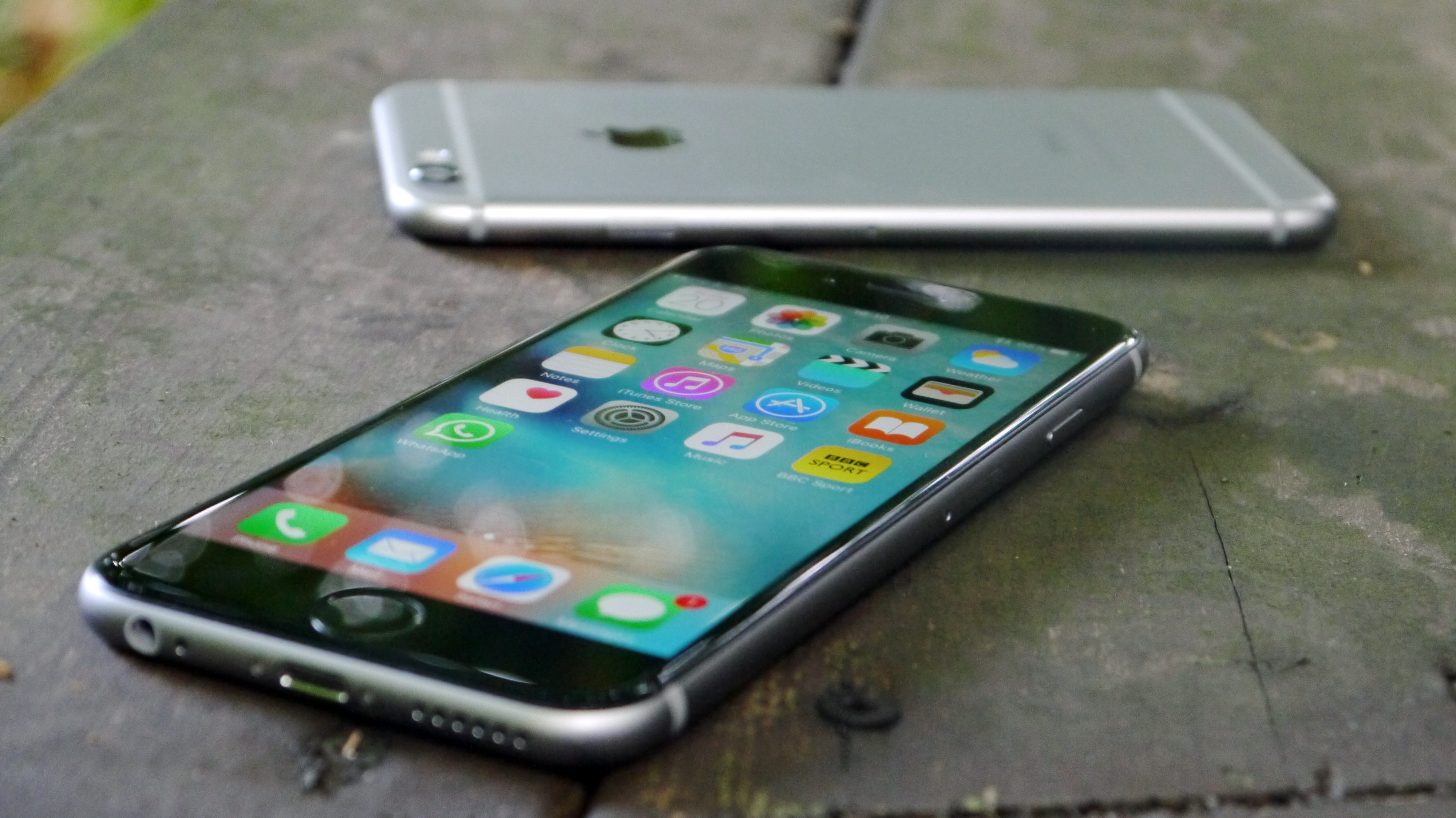
Apple's latest two superphones have a lot in common, but they're far from identical – and in many ways they're aimed at quite different users. And with the iPhone 6S and iPhone 6S Plus both carrying a hefty price tag, it's vital that you make the right choice and avoid buyer's remorse.
So how does Apple's compact champion compare to its beastly blower? And which is the right phone for you? We've put the two handsets head to head to give you all the facts and figures, and help you choose.
Design
In a lot of ways, the design of the iPhone 6S is very similar to that of the iPhone 6S Plus. Both phones have a metal chassis crafted from '7000 series aluminium', a material designed to make the handsets stronger than their predecessors.
Both also have the same overall shape and appearance, with a rounded body, and antenna lines running along the back. They also come in the same selection of colours: silver, gold, space grey or rose gold.
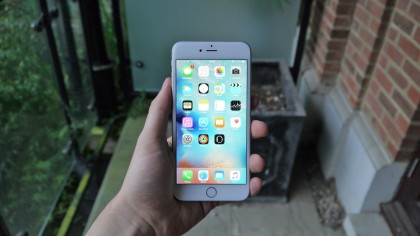
But of course their dimensions differ. The iPhone 6S is 138.3 x 67.1 x 7.1mm, while the iPhone 6S Plus is 158.2 x 77.9 x 7.3mm. That makes the iPhone 6S Plus significantly larger than its sibling, and a little thicker, and in practice it's slightly more unwieldy to use, especially with one hand.
The iPhone 6S Plus is also heavier, at 192g, while the iPhone 6S is just 143g. You'll likely feel that difference in both your hand and your pocket.
Display
At 5.5 inches the iPhone 6S Plus has a larger screen than the 4.7-inch iPhone 6S. There are merits to that larger screen, as movies and games look great on it, and you can also fit more on the display when browsing the web and using apps.
Get daily insight, inspiration and deals in your inbox
Sign up for breaking news, reviews, opinion, top tech deals, and more.
On the flip side, it makes it more awkward to use the phone one-handed. Unless you have massive mitts you'll probably be forced to operate it with two hands much of the time, or just write off the extremities of the screen as a lost cause. The iPhone 6S, meanwhile, is small enough to use comfortably with one hand.
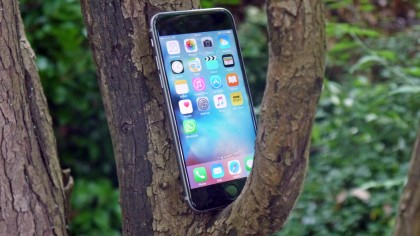
The size isn't the only difference between these two displays – the 1080 x 1920 iPhone 6S Plus screen is also higher in resolution than the 750 x 1334 iPhone 6S display. Despite the larger screen size the 6S Plus also has a higher pixel density, at 401 pixels per inch, while the display on the iPhone 6S is just 326 pixels per inch.
So the screen on the iPhone 6S Plus is sharper, and therefore slightly better overall. But both handsets have great displays, producing bright, vibrant colours, and both benefit from Apple's innovative - but so far underused - 3D Touch feature.
Power and performance
The iPhone 6S and iPhone 6S Plus each have a 1.84GHz dual-core Apple A9 processor and 2GB of RAM, so they offer almost identical performance.
The A9 supposedly provides significantly more power than the A8 chip in the iPhone 6 and iPhone 6 Plus, but with those phones still delivering slick performance the real world difference is negligible.
The key thing to note here is that, aside from the occasional bit of slowdown when loading or exiting apps, both the iPhone 6S and iPhone 6S Plus are almost impeccably smooth operators. Down the line the iPhone 6S might prove a little nippier as it's got fewer pixels to power, but that's not likely to cause a noticeable difference.
Camera
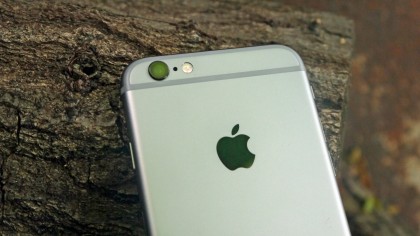
There's little between the phones here too. The iPhone 6S and iPhone 6S Plus both have 12MP snappers on the back and 5MP cameras on the front.
Both phones are highly competent shooters, but the iPhone 6S Plus has the edge as it features optical image stabilisation to reduce camera shake, which causes blurred shots.
Battery life
Neither of these phones are exactly known for their battery life, but the iPhone 6S Plus is the better of the two.
Its 2750mAh juice pack is bigger than the 1715mAh one in the iPhone 6S, and despite having a larger phone to power it's also longer lasting, with Apple quoting up to 24 hours of talk time on the 6S Plus, against just 14 hours on the 6S.
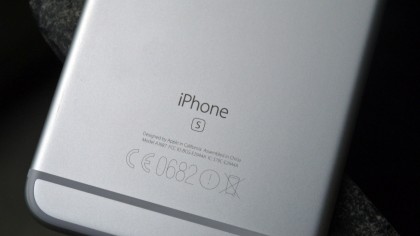
The difference in battery consumption when it comes to internet use, video and audio playback, and standby times are similarly striking. Both phones will typically need a daily charge, but the iPhone 6S Plus should more comfortably see you through to bed time.
Price and availability
The iPhone 6S and iPhone 6S Plus are both widely available, but you'll pay a premium for Apple's larger handset. It starts at £619 (US$749, AU$1,229) for the 16GB version, with the price rising to £789 (US$949, AU$1,529) for the 128GB model.
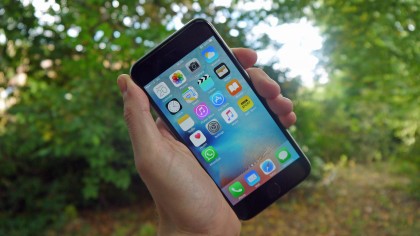
The iPhone 6S isn't exactly cheap either though, at £539 ($649, AU$1,079) for the 16GB phone and £699 ($849, AU$1,379) for the 128GB version.
Verdict
The choice between the iPhone 6S and the iPhone 6S Plus largely comes down to whether you want a phablet or would prefer something more compact.
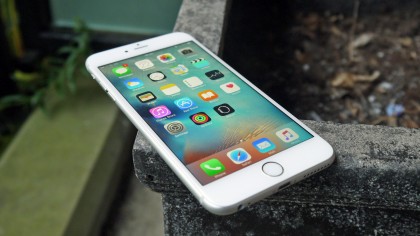
That distinction aside, the iPhone 6S Plus has the edge in a number of areas, thanks to its larger battery, a sharper screen and optical image stabilisation. But it's also significantly more expensive, and a little awkward to use with one hand.
Ultimately, however, these are both four-star phones, and the best Apple has to offer – at least until the iPhone 7 arrives.
James is a freelance phones, tablets and wearables writer and sub-editor at TechRadar. He has a love for everything ‘smart’, from watches to lights, and can often be found arguing with AI assistants or drowning in the latest apps. James also contributes to 3G.co.uk, 4G.co.uk and 5G.co.uk and has written for T3, Digital Camera World, Clarity Media and others, with work on the web, in print and on TV.